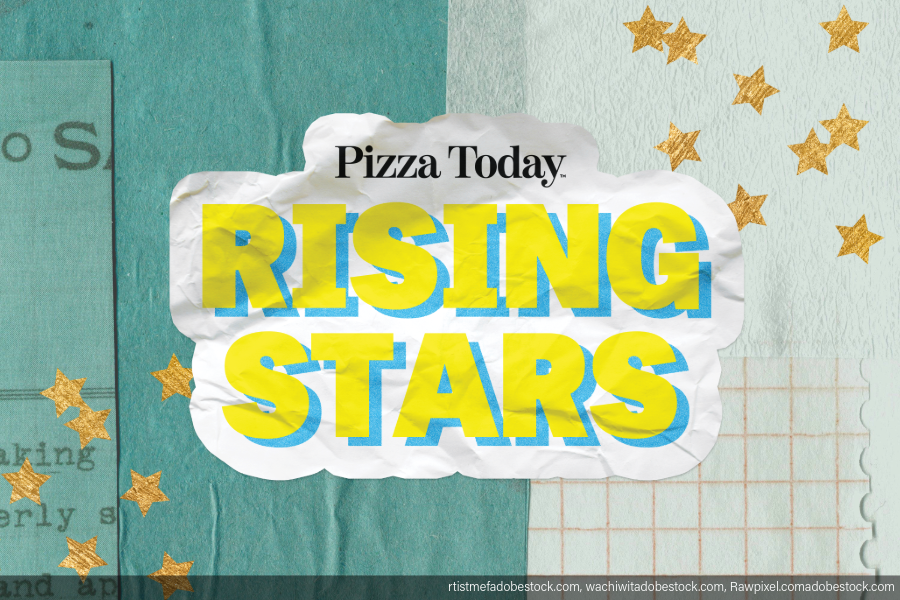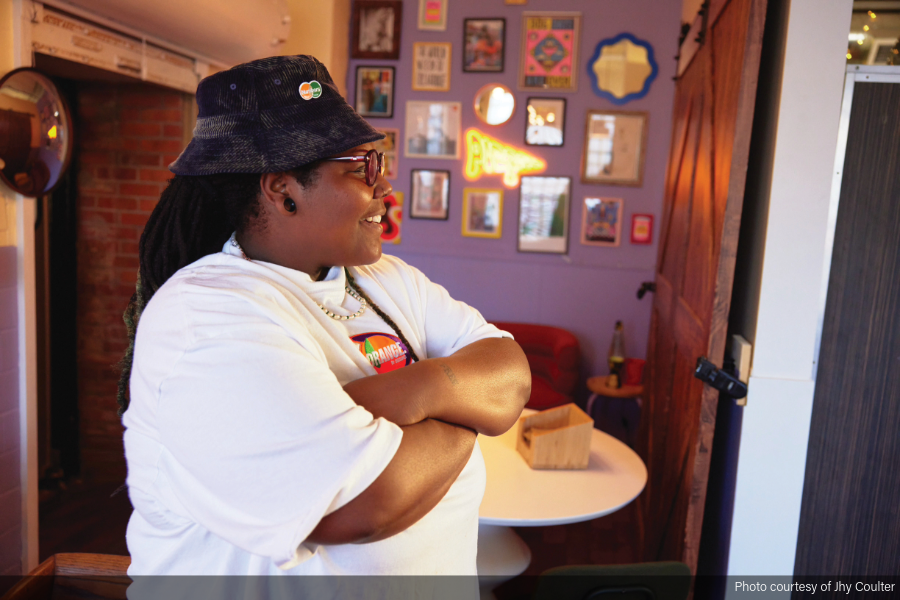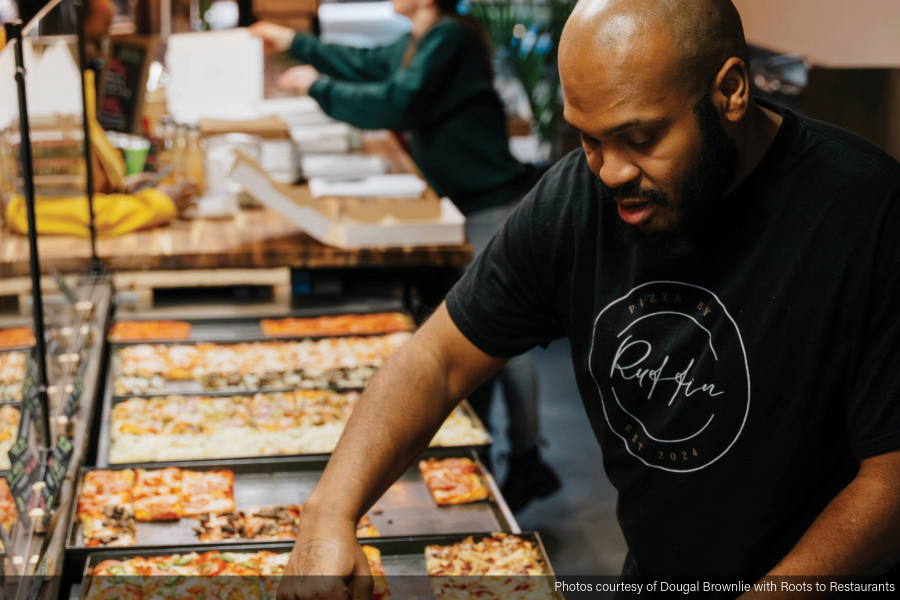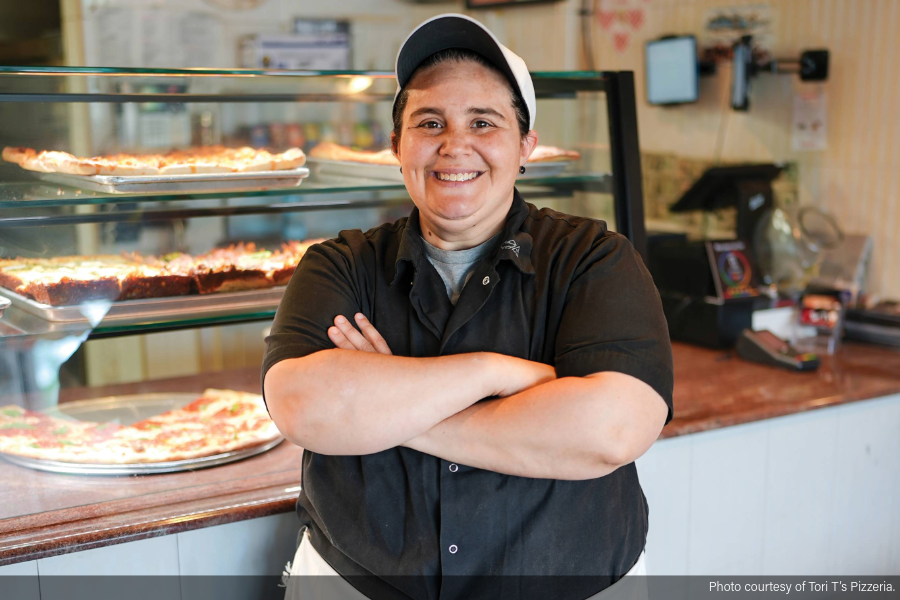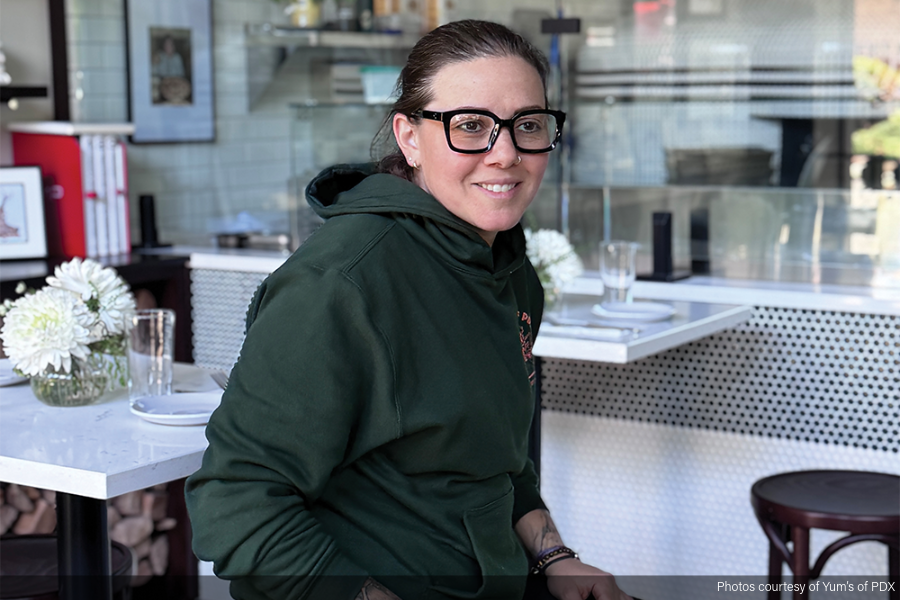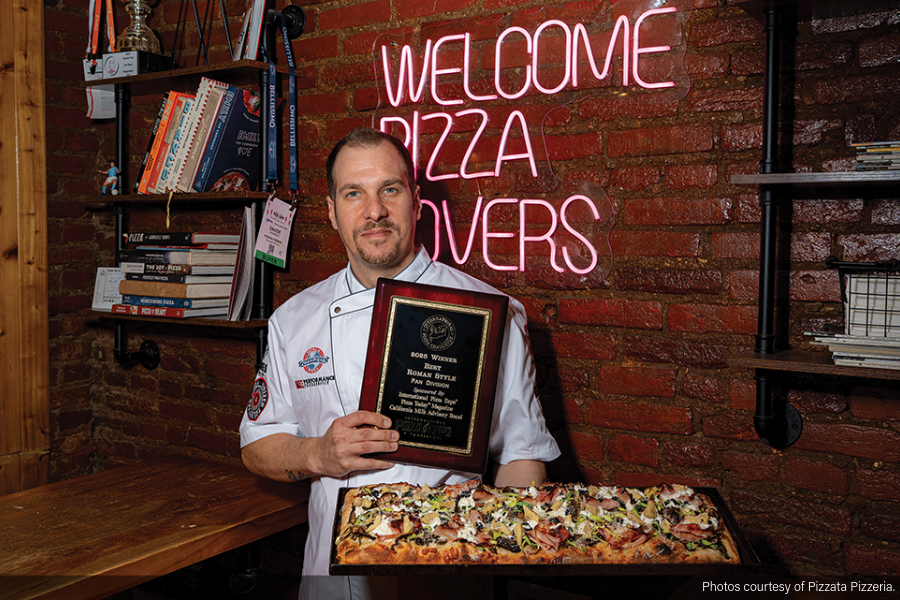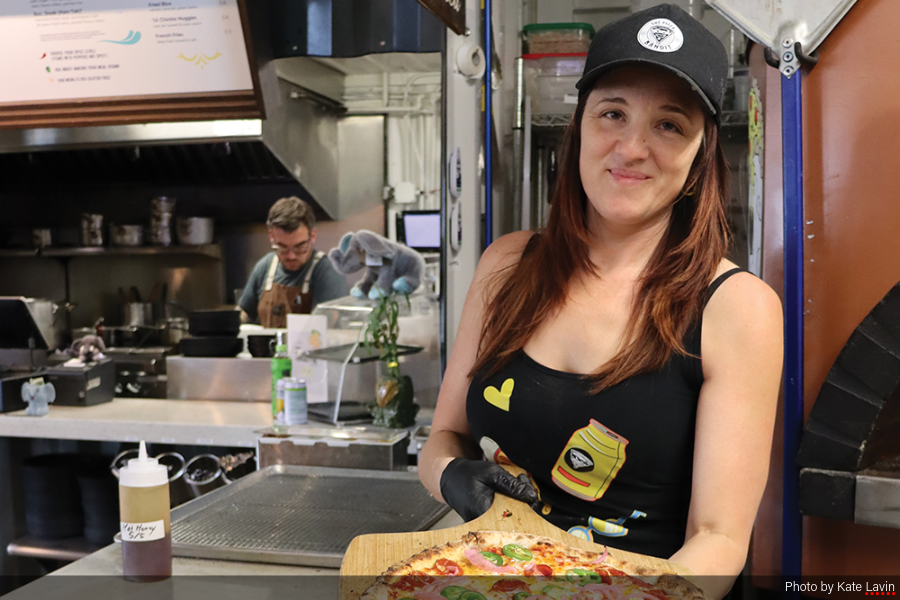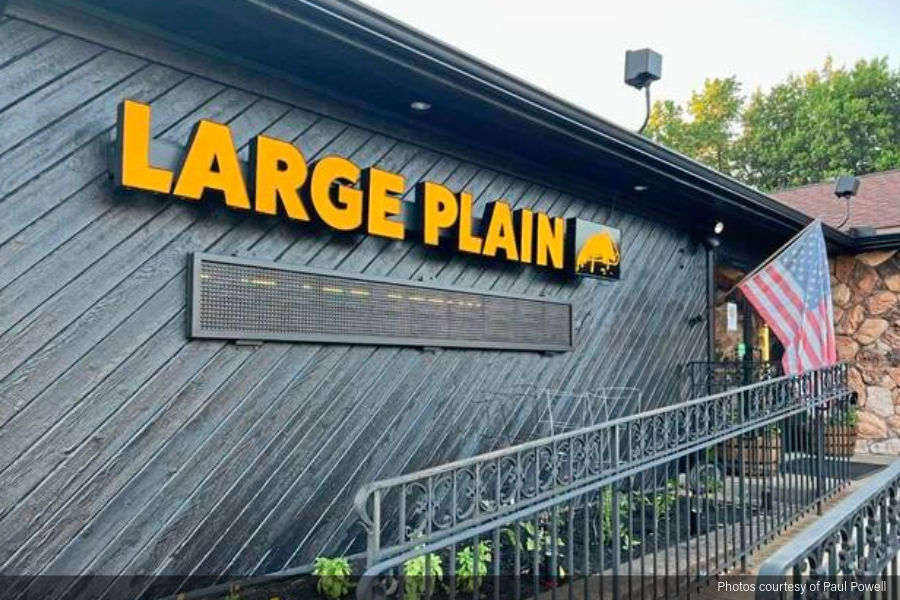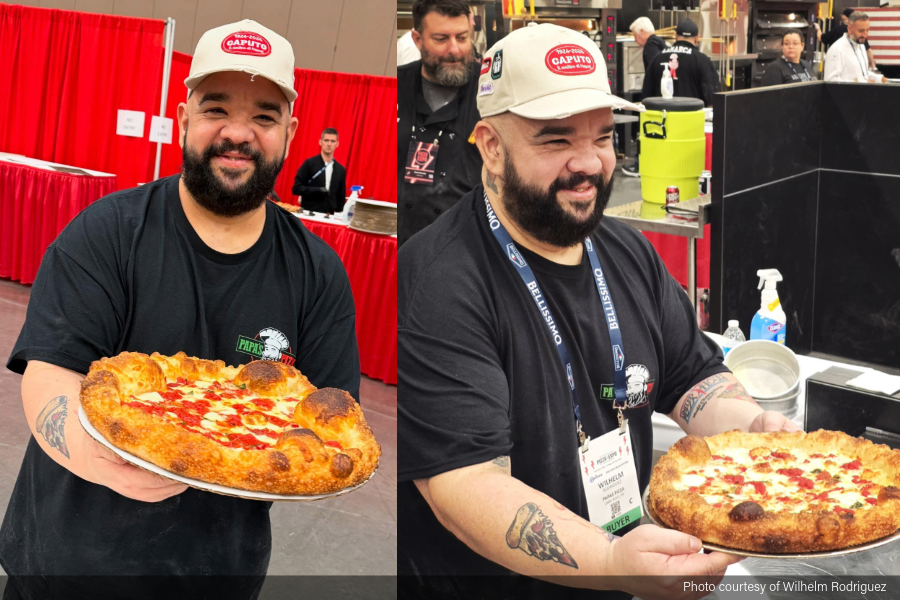 Serving up the right dinnerware
Serving up the right dinnerware
impacts restaurant image
In the restaurant world, there are no easy decisions, because every choice from the menu to the lighting impacts the restaurant’s image, the guest experience and the ultimate success or failure of the establishment.
So, it makes sense that choosing between disposable and permanent dinnerware is a decision requiring thought, reflection and a clear understanding of a restaurant’s brand. It is not just about money or convenience or style –– it’s about all of those and more.
“A huge part of a restaurant is its ambiance, and how you serve your product is a part of that,” says David Kincheloe, president of National Restaurant Consultants in Colorado. “It’s about the concept you want to achieve and the demographics you want to reach. It’s a more complex question than just picking one or the other.”
To figure out what works for their restaurant, operators can start by outlining the benefits and drawbacks of disposable and permanent dinnerware.
Dan Simons, principal of Vucurevich-Simons Advisory Group, in Maryland, a partner/concept developer for Founding Farmers & Farmers Fishers Bakers says: “the pros and cons are clear.”
Although the cost of disposables will be higher, the water, cleaning chemicals, (especially all-natural ones), plus labor all add up on the profit and loss statement for permanent dinnerware, Simons says.
“Manufacturing technology continues to improve permanent (dinnerware) with plastics and ceramic production techniques, so chipping and breakage can certainly be reduced,” Simons says. “If you can have a concept without a dish machine, and related utilities, and you don’t use up valuable square footage, that can be beneficial. Although depending on volume, packaging/disposables can take up a lot of storage space.”
Although the bottom line can be a driving force in decision-making, operators need to estimate what their choice will cost their brand.
“First question to ask is, before cutting cost –– ask how it affects the brand and how people view you. How does it fit into my overall brand, and what it expresses to guests?” Kincheloe says. “Ask what do my guests expect? Am I giving them what they expect? How can I enhance perception in the marketplace by doing one or the other? It should be a thought-out decision.”
Simons advises operators to take a step back from the specific question of disposables vs. permanent and ponder overarching questions.
“What is the brand filter for the concept?” Simons says. “What promises are we making to the guest about their experience, the dining environment and potentially the brand’s community promises? The detailed and exacting process of creating a brand filter is what provides the methodology to answer the question, ‘permanent vs. disposable.’ Consider the financial implications and guest experience implications; it’s about building that equation that’s right for every operator.”
 Simons warns that if this decision is not made with a great amount of forethought, the decision can cost an operator more than he or she thought. He advises operators to keep these factors in mind: does it align with service model, the caliber of the experience and price point.
Simons warns that if this decision is not made with a great amount of forethought, the decision can cost an operator more than he or she thought. He advises operators to keep these factors in mind: does it align with service model, the caliber of the experience and price point.
“I don’t want to pay $16.95 for chicken Parmesan and then eat it with a plastic fork,” Simons says. “Plastic utensils and paper plates can be perfect for a brand and really enhance the experience: they are tactile, immediately noticed and send a specific message. If that message is right for your concept, then super –– go with paper plates and all will be well, but if you choose disposables for the wrong reasons, prepare to be criticized by your guests and risk creating a dissonance within the experience.”
Corey T. Nyman of The Nyman Group Ltd., in Las Vegas, Nevada, advises operators to ask themselves, who is the market you are going for, is cost a factor, where are you in the country and is staying “green” important to you?
“Image is a huge factor which should be based on guest satisfaction and return on investment,” Nyman says. “Do you serve lunch, dinner, late night — maybe paper makes more sense for the clientele. In a casual venue, disposables might work. In hipster-chic restaurants, it’s cool to be a little more simple, and if it works, go for it. Think about the add-ons, too; do we sell wine, beer — might want to go the china route.”
Dan Richer, chef and owner of Arturo’s –– Osteria & Pizzeria in Maplewood, New Jersey and Razza Pizza Artigianale, in Jersey City, New Jersey, implements a combination of dinnerware.
“At both restaurants, we keep a stash of disposable paper products on hand at all times,” Richer says. “We do not automatically include paper products with all take out orders, but when a guest requests them, we are able to provide. We are sure to use high quality products which speaks to our brand identity. Our guests can feel the quality of our products in all aspects of the business, from our food to our disposables to the hand soap in our bathroom. We only offer disposables for take out as they are an eye sore to our dine-in guests. We do allow the use of paper plates for our youngest guests, where China may be dangerous or inappropriate.”
Nyman says that some operators might use a combination of China plates and paper napkins. “Paper napkins are more acceptable today, and the quality has improved so much,” he says.
What works for one operator may not work for another when it comes to choosing dinnerware, but when operators take a moment to look at their brand and understand who they are and who they want to be, while factoring in financial restrictions, guest expectations and space considerations, the answer will become clear.
“Having a decision-making methodology and defined brand and have that be a guiding compass –– that’s a game changer when operators learn how to do that,” Simons says. “I see operators make singular decisions on the math or on instinct and you need to balance both of those and tie those back to your brand.”
DeAnn Owens is a freelance journalist living in Dayton, Ohio. She specializes in features and human interest stories.

 Serving up the right dinnerware
Serving up the right dinnerware